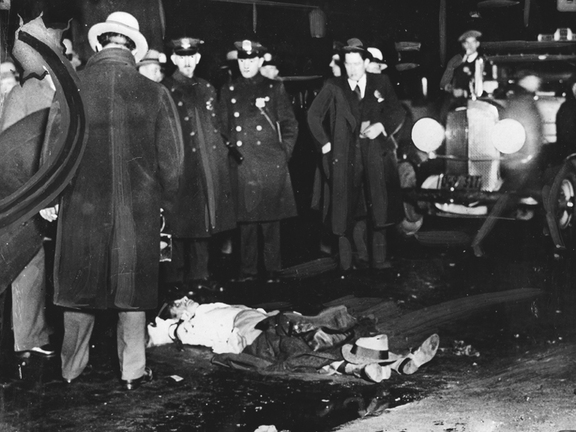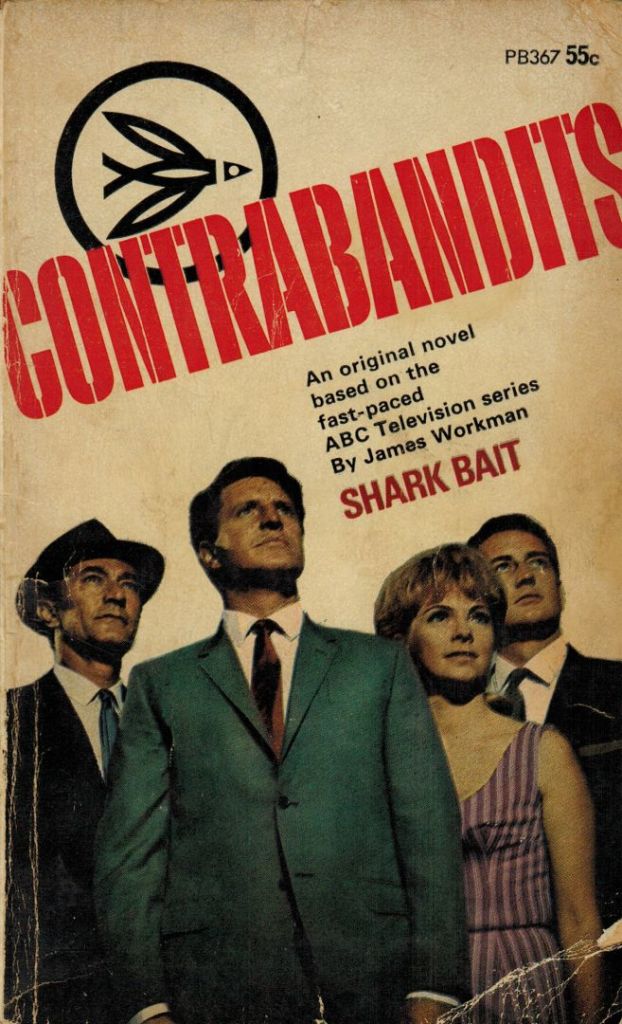While Sydney-based Horwitz Publications was Australia’s largest pulp publisher, it was not the only one. Cleveland Publishing Company, publisher of today’s Pulp Friday offering, Nurse in Vietnam, was another sizeable operation.
I’ve been able to find out virtually nothing about who was behind Calvert.
All we know about Shauna Marlowe, author of Nurse in Vietnam, is she (if it is actually a woman and not a man writing under a woman’s name) is credited with writing 41 books, nearly all of them for Calvert, from the late fifties to the early seventies.
On one level, Nurse in Vietnam, is just another nurse/doctor romance story (a hugely popular sub-genre of pulp in the fifties and sixties). The nurse in question and a handsome doctor have been captured by Viet Cong rebels. The doctor’s main pre-occupation is not escape but whether she’ll agree to his marriage proposal.
But the publication date, 1965, is significant. A small number of Australian military advisors had been stationed in Vietnam since 1962. We did not start to commit significant ground forces until 1965.
What was the first mainstream Australian novel to tackle the war in Vietnam? Perhaps William Nagle’s The Odd Angry Shot, published in 1975. Nurse in Vietnam shows pulp publishers were onto Vietnam as a setting for fiction straight away.… Read more

























